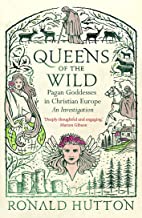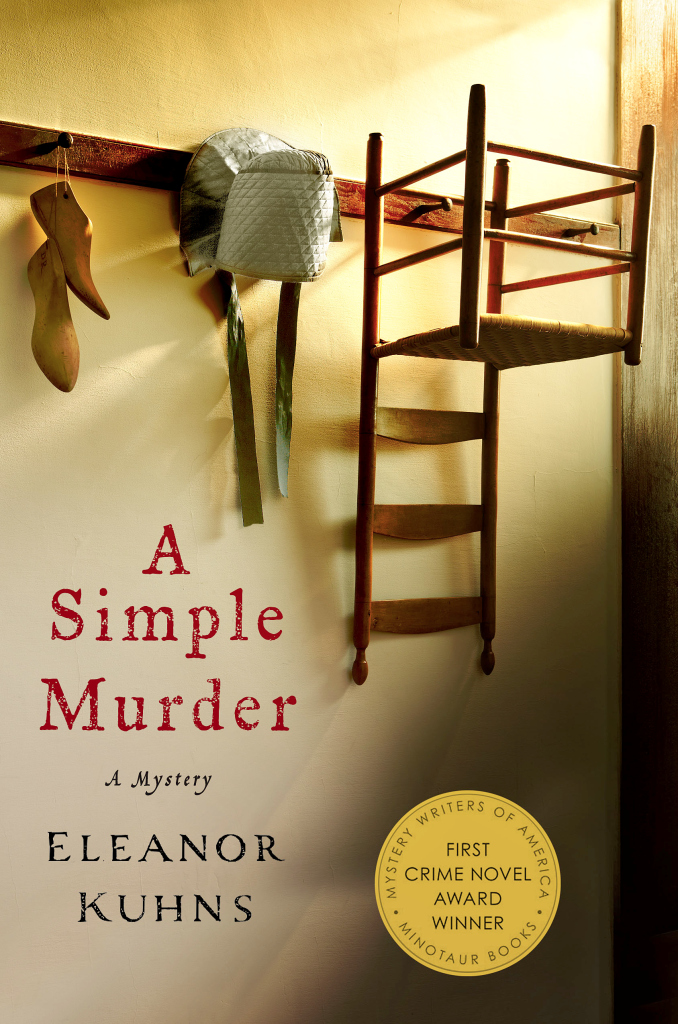Queens of the Wild (continued).

I finished reading Queens of the Wild. As I understand it, Hutton’s thesis challenges the belief that the Faerie Queen, Queen of the Night, the Green Man and all the witches and goddesses are descended from the ancient world. He believes they are more recent constructs and offers both scholarly and literary examples to prove it.
My problem with this theses, and he may be right that there is no direct line from the Goddesses of the ancient world to the current (after all, it is hard to interpret what was happening in prerecorded history), is that he seems to dismiss the existence or at least the importance of these Goddesses. Here is a quote: To a great extent, the vision of a prehistory in which human society had been violently altered from being led by and centered on women to being dominated by men, and in which religion had changed its focus from an earth goddess to a sky god was an obvious response to modern anxieties about gender roles in changing Western social orders.”
Am I the only one to see his belief that patriarch has always been dominant underlying his statement?
He draws Maria Gimbutas, a well respected archaeologist, into the discussion but dismisses her later work after she’d moved to California. “Gimbutas’ own work now gradually mutated to serve the beliefs and ideals of this movement (which stressed the importance of a female deity. . .”
I want to add that statuary, art work, Minoan seals and other artifacts do attest to the presence and importance of Goddesses in the ancient world. In the modern world matrilineal societies are not unknown. (see the Pueblo tribes in the southwest U.S.)
The book jacket says this book is thought provoking and it is. In my opinion, though, he wrote out of his belief in the primacy of male dominance.
I also read Holy Chow by David Rosenfelt.

This was a wonderful relief from the previous work. In this offering, Andy Carpenter reluctantly takes on the murder of a wealthy woman who had adopted a dog from his rescue operation: the chow of the title. Her stepson is arrested but Carpenter does not belief he is guilty. As usual, he professes his unwillingness to become involved but does and also, as usual, the mystery is more complicated than it at first appears.
Amusing and fun with a good mystery to boot.



